How To Get Rid Of Domain_7 Redirect Virus On Mac
Safari Redirect Virus Threat SummarySafari Redirect Virus – How Did I Get ItRemove Safari Redirect Virus on Mac

Is your Safari browser redirecting you to unwanted or suspicious pages? How to stop Safari from redirecting on Ma?c
If the answer to the first question is yes, the browser may have been "infected" by a browser-hijacking application. Such an application may be redirecting you to unwanted pages and generating pop-ups and/or push notifications. Because of the persistence of the issue, you may think of it as "virus Safari Mac".
Keep in mind that the so-called "redirect virus" affects all popular browsers. Not only Safari but also Google Chrome, Mozilla Firefox, etc. Because of the annoying and potentially dangerous redirects, users tend to call such issues "browser redirect virus," or in the case of Safari – Safari redirect virus.
Safari Redirect Virus
The number of potentially unwanted programs targeting Mac users has been rising. These programs access installed browsers and modify settings. The worst part is that all changes happen without the user's knowledge or consent.
Thanks to the unwanted modifications, the so-called Safari redirect virus may appear on Mac. As regards modifications they are possible due to an unnoticed installation of an undesired app.
According to recent reports, this redirect virus is still circling the web. It is active on many users' Macs and widespread via the most often used means of replication. The redirecting virus can also be seen in new and different forms since its creators have attempted to update it in various ways.
As long as the so-called Safari redirect virus is running on your Mac, you may witness an increased number of annoying ads. They are likely to be showing up on every website you visit.
Furthermore, be aware that the undesired program could be using some tracking technologies to spy on your online behavior. If you want to learn how to stop Safari from redirecting on Mac, you should keep up with the so-called Safari redirect virus's removal guide. We recommend reading the following article thoroughly.

Threat Summary
| Name | Safari Redirect Virus |
| Type | Potentially Unwanted Program / Adware / Browser Hijacker |
| Short Description | Related to the presence of undesired program on your Mac. This program aims to heavily modify web browsers' settings to display ads and redirect to suspicious pages. |
| Symptoms | Preferred web browser is configured to redirect you to unwanted pages. Slower Mac performance could be experienced as well. |
| Distribution Method | Software Bundles, Corrupted Installers, Bogus Websites/Webpages |
| Detection Tool | See If Your System Has Been Affected by malware Combo Cleaner Malware Removal Tool |
| User Experience | Join Our Forum to Discuss Safari Redirect Virus. |
Safari Redirect Virus – How Did I Get It
Several techniques are usually deployed for the distribution of the Safari redirect virus. A significant distribution technique is software bundling. What is it all about? It's about free programs that pretend to be useful and legit but come bundled with ad-supported apps.
The purpose is quick monetization. Commonly used software may deliver unwanted apps. In this number media players, file converters, weather toolbars, online streaming apps, etc.
The installers of these programs often present optional offers or free extras. At the same time, they are not designed to appropriately disclose information about added apps. That's how users fail to notice their presence during the installation of the desired program. Eventually, they allow them to access their operating system and browsers.
Of course, there are other scenarios where users interact with suspicious pages (torrenting and online streaming websites, adult pages, free online games, etc.). On these pages, users may click on suspicious links, banners, and offers,. The result may be an unnoticed download and install of a potentially unwanted program. And then the annoying browser redirects originate.
N.B. Once started on your Mac, such a program could access all installed browsers' settings to apply significant changes. One of these changes often affects the default search engine in your preferred web browser. If your default search engine is altered without your consent, then don't waste time but go check your macOS security. This problem is a definite sign that a suspicious piece of software has sneaked into your system.
Since undesired programs are often misused for advertising revenue, after you enter a search query you may see customized search results. Sometimes, potentially unwanted applications for Mac misuse the reputation of reputable search engines like Yahoo and Bing. In such a case all affected browser redirect searches to these engines. Beware as the results pages may be modified by fraudsters. They may attempt to trick you into visiting suspicious websites. Such websites could be hazardous. They could attempt to steal sensitive credentials or infect your Mac with other malware.
The sad truth is that unwanted programs, which generally are not treated as malware, are as malicious as real viruses. This has been confirmed by a recent study conducted by researchers at Concordia University in Montreal, Canada. The researchers investigated the evolution of a popular ad-supported program called Wajam in the course of nearly six years. As of 2016, Wajam had "hundreds of millions of installations" and collected 400TB of private information from users, the report said.
Long story short, Wajam has been injecting ads into browser traffic. The malware uses techniques like man-in-the-browser (browser process injection). Such attacks have been seen in Zeus banking Trojan operations. Other examples include anti-analysis and evasion techniques, security policy downgrading, and data leakage. In other words, you shouldn't underestimate the presence of a PUP on your system. It could lead to several adverse outcomes.
Furthermore, as long as files associated with the Safari redirect virus are running on your Mac, you may be a victim of unsolicited data collection.
By activating different tracking technologies like cookies, web beacons, javascript, or even Trojans, the undesired application may become able to obtain a long list of sensitive details, including:
- Visited URLs and websites
- Browser's home page
- Search queries
- Search queries on the visited web pages
- Type of used browser
- Operating system type
- Internet protocol (IP) address
- Geographic location
- The domain name of the current Internet service provider (ISP)
- Banking credentials
- Entered keystrokes
Fraudsters may use data records to launch targeted advertising campaigns. Once the data is available on the PUP's servers, it can be used for the identification of your online interests. Ads delivered by undesired apps may target your interests. At worst, data records will be released on dark web markets for additional revenue.

Remove Safari Redirect Virus on Mac
To remove all files associated with the so-called Safari redirect virus's appearance on and stop redirects on Mac, you should complete several removal steps. The guide below will reveal all removal steps in their precise order, including manual and automatic actions. To fully eliminate the undesired program that brought the Safari redirect virus, we recommend you combine the steps. Please keep in mind that you can minimize the risk of missing harmful files by using the help of an advanced anti-spyware tool. Further, you can protect your operating system by using such a tool. It will identify and stop insider threats before they cause damage.
In case you have further questions or need additional help, don't hesitate to leave a comment or contact us via email.

Milena Dimitrova
An inspired writer and content manager who has been with SensorsTechForum since the project started. A professional with 10+ years of experience in creating engaging content. Focused on user privacy and malware development, she strongly believes in a world where cybersecurity plays a central role. If common sense makes no sense, she will be there to take notes. Those notes may later turn into articles! Follow Milena @Milenyim
More Posts
Follow Me:

Preparation Phase:
Before starting to follow the steps below, be advised that you should first do the following preparations:
- Backup your files in case the worst happens.
- Make sure to have a device with these instructions on standy.
- Arm yourself with patience.
Step 1: Uninstall Safari Redirect Virus and remove related files and objects
1. Hit the ⇧+⌘+U keys to open Utilities. Another way is to click on "Go" and then click "Utilities", like the image below shows:




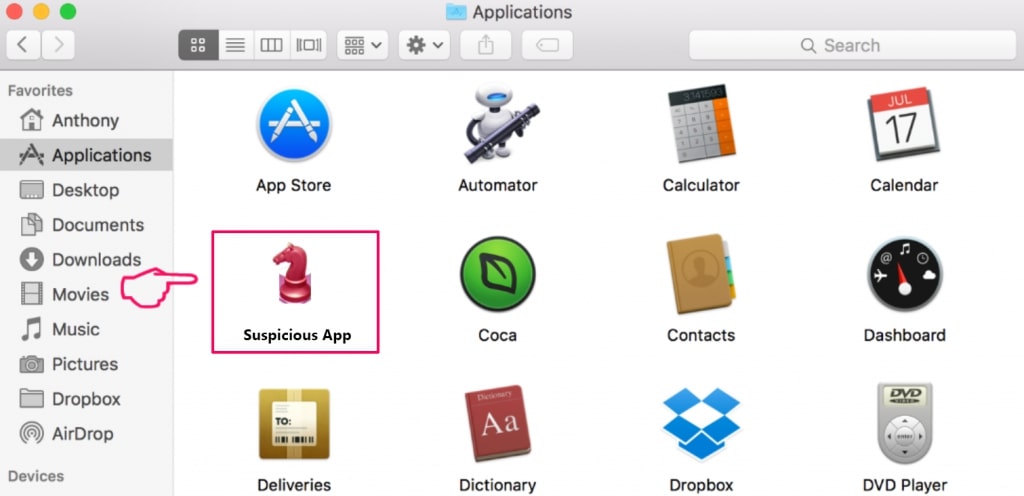
- Go to Finder.
- In the search bar type the name of the app that you want to remove.
- Above the search bar change the two drop down menus to "System Files" and "Are Included" so that you can see all of the files associated with the application you want to remove. Bear in mind that some of the files may not be related to the app so be very careful which files you delete.
- If all of the files are related, hold the ⌘+A buttons to select them and then drive them to "Trash".
In case you cannot remove Safari Redirect Virus via Step 1 above:
In case you cannot find the virus files and objects in your Applications or other places we have shown above, you can manually look for them in the Libraries of your Mac. But before doing this, please read the disclaimer below:
Disclaimer! If you are about to tamper with Library files on Mac, be sure to know the name of the virus file, because if you delete the wrong file, it may cause irreversible damage to your MacOS. Continue on your own responsibility!



You can repeat the same procedure with the following other Library directories:
→ ~/Library/LaunchAgents
/Library/LaunchDaemons
Tip: ~ is there on purpose, because it leads to more LaunchAgents.
Step 2: Remove Safari Redirect Virus – related extensions from Safari / Chrome / Firefox
![]() Remove an extension from Safari and reset it.
Remove an extension from Safari and reset it. ![]() Remove a toolbar from Google Chrome
Remove a toolbar from Google Chrome ![]() Remove a toolbar from Mozilla Firefox
Remove a toolbar from Mozilla Firefox
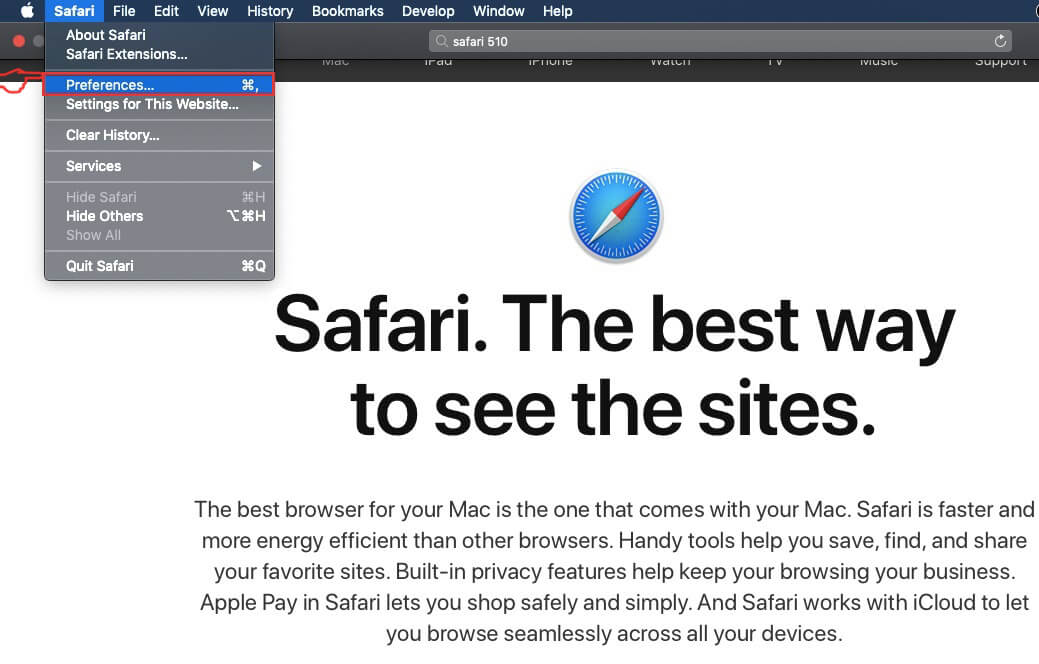



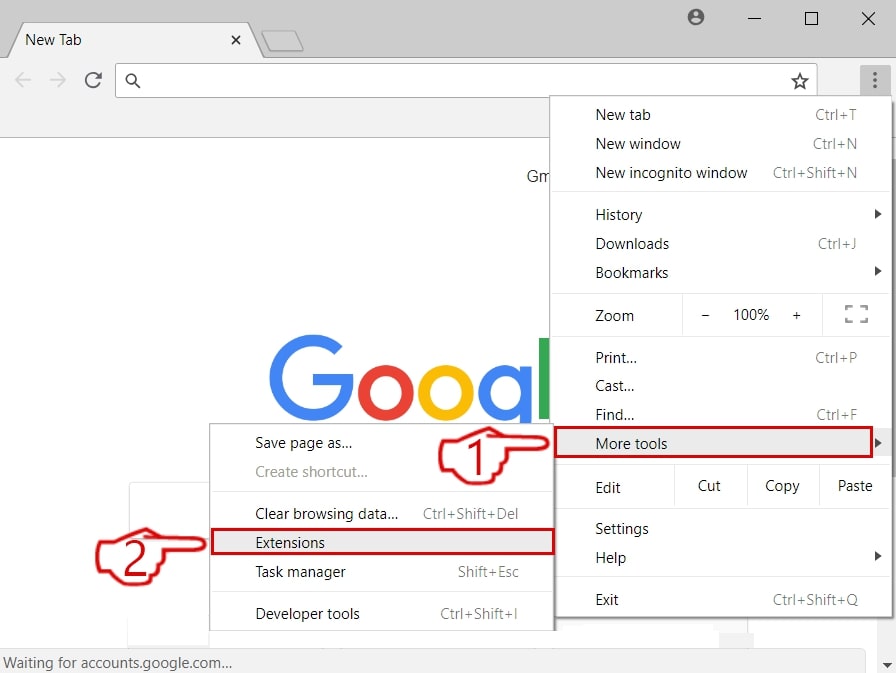


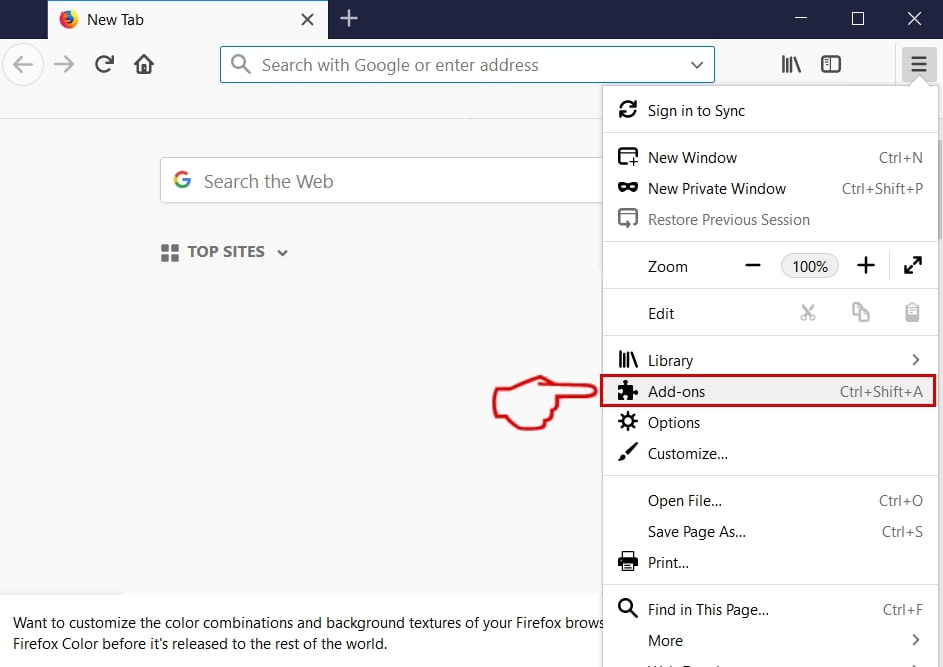
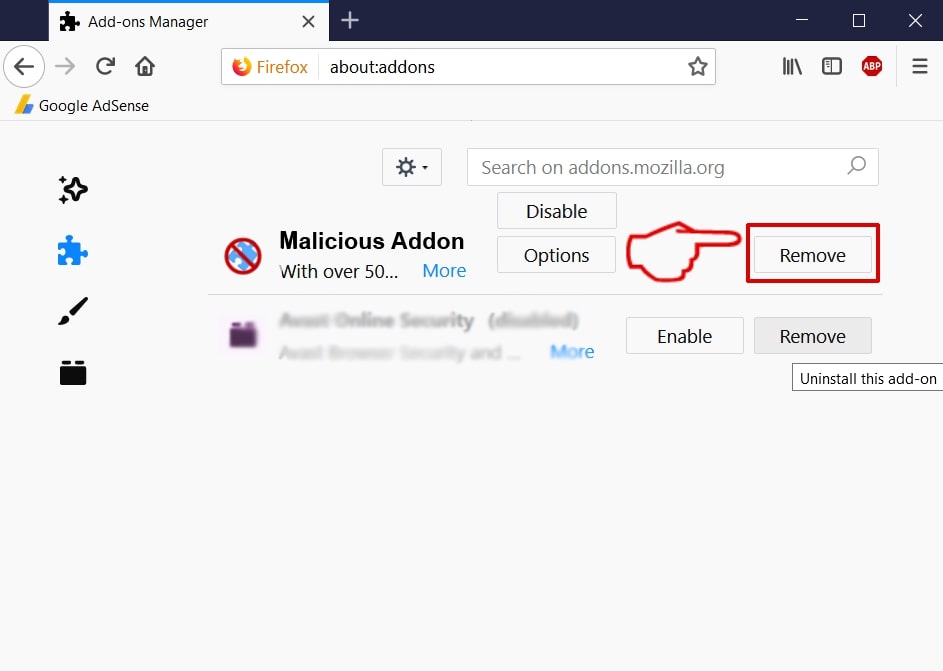
Step 3: Scan for and remove Safari Redirect Virus files from your Mac
When you are facing problems on your Mac as a result of unwanted scripts and programs such as Safari Redirect Virus, the recommended way of eliminating the threat is by using an anti-malware program. SpyHunter for Mac offers advanced security features along with other modules that will improve your Mac's security and protect it in the future.
Download
SpyHunter for Mac
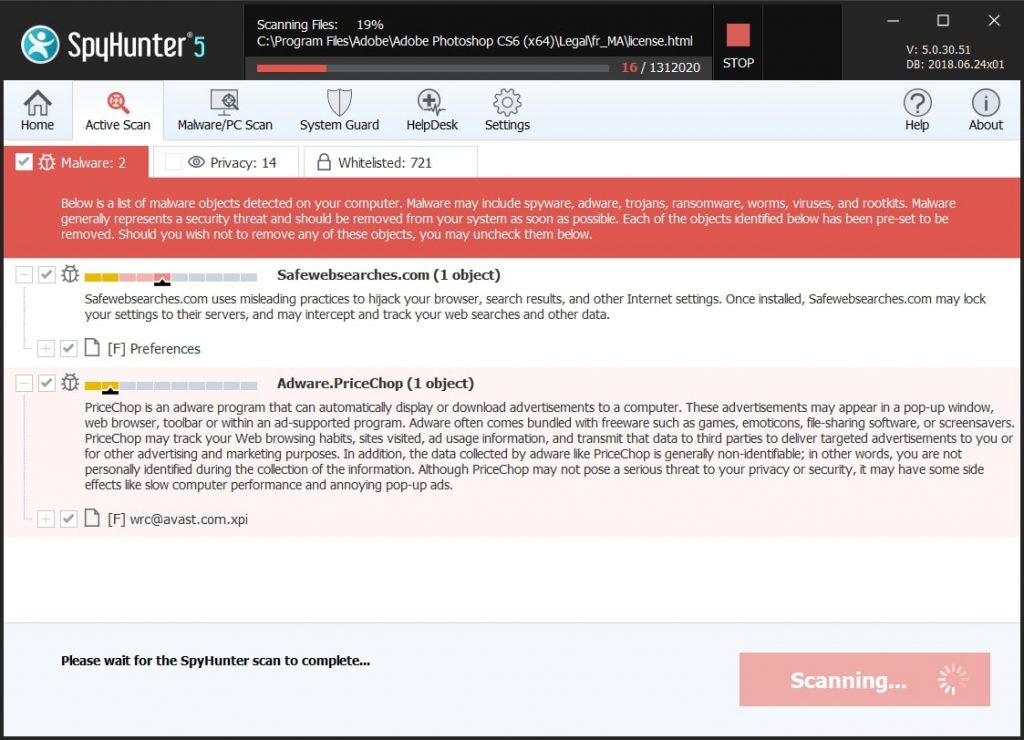
Safari Redirect Virus FAQ
What is Safari Redirect Virus on your Mac?
The Safari Redirect Virus threat is probably a potentially unwanted app. There is also a chance it could be related to Mac malware. If so, such apps tend to slow your Mac down siginficantly and display advertisements. They could also use cookies and other trackers to obtain browsing information from the installed web browsers on your Mac.
The creators of such unwanted apps work with pay-per-click schemes to get your Mac to visit risky or different types of websites that may generate them funds. This is why they do not even care what types of websites show up on the ads. This makes their unwanted software indirectly risky for your MacOS.
Can my Mac get a virus?
Yes. As much as any other device, Apple computers do get viruses. Apple devices may not be a frequent target by malware authors, but rest assured that the following Apple devices can become infected with a virus:
- iMac
- Mac Mini
- Macbook Air
- Macbook Pro
- iPhone
- iPad
What are the symptoms of Safari Redirect Virus on your Mac?
There are several symptoms to look for when this particular threat and also most Mac threats in general are active:
Symptom #1: Your Mac may become slow and has poor performance in general.
Symtpom #2: You have toolbars, add-ons or extensions on your web browsers that you don't remember adding.
Symptom #3: You see all types of ads, like ad-supported search results, pop-ups and redirects to randomly appear.
Symptom #4: You see installed apps on your Mac running automatically and you do not remember installing them.
Symptom #5: You see suspicious processes running in your Mac's Activity Monitor.
If you see one or more of those symptoms, then security experts reccomend that you check your Mac for viruses.
What types of Mac threats are there?
According to most malware researchers and cyber-security experts, the threats that can currently infect your Mac can be the following types:
- Rogue Antivirus programs.
- Adware and hijackers.
- Trojan horses and other spyware.
- Ransomware and screen-lockers.
- Cryptocurrency miner malware.
What to do if I have a Mac virus, like Safari Redirect Virus?
Do not panic! You can easily get rid of most Mac threats by firstly isolating them and then removing them. One reccomended way to do that is by using a reputable malware removal software that can take care of the removal automatically for you. There are many Mac anti-malware apps out there that you can choose from. SpyHunter for Mac is one of the reccomended Mac anti-malware apps, that can scan for free and detect any viruses, tracking cookies and unwanted adware apps plus take care of them quickly. This saves time for manual removal that you would otherwise have to do.
How to secure my passwords and other data from Safari Redirect Virus?
With few simple actions. First and foremost, it is imperative that you follow these steps:
Step 1: Find a safe computer and connect it to another network, not the one that your Mac was infected in.
Step 2: Change all of your passwords, starting from your e-mail passwords.
Step 3: Enable two-factor authentication for protection of your important accounts.
Step 4: Call your bank to change your credit card details (secret code, etc.) if you have saved your credit card for online shopping or have done online activiites with your card.
Step 5: Make sure to call your ISP (Internet provider or carrier) and ask them to change your IP address.
Step 6: Change your Wi-Fi password.
Step 7: (Optional): Make sure to scan all of the devices connected to your network for viruses and repeat these steps for them if they are affected.
Step 8: Install anti-malware software with real-time protection on every device you have.
Step 9: Try not to download software from sites you know nothing about and stay away from low-reputation websites in general.
If you follow these reccomendations, your network and Apple devices will become significantly more safe against any threats or information invasive software and be virus free and protected in the future too.
More tips you can find on our website, where you can also ask any questions and comment about your Mac problems.
How To Get Rid Of Domain_7 Redirect Virus On Mac
Source: https://sensorstechforum.com/remove-safari-redirect-virus/
Posted by: uptoneire1975.blogspot.com

0 Response to "How To Get Rid Of Domain_7 Redirect Virus On Mac"
Post a Comment